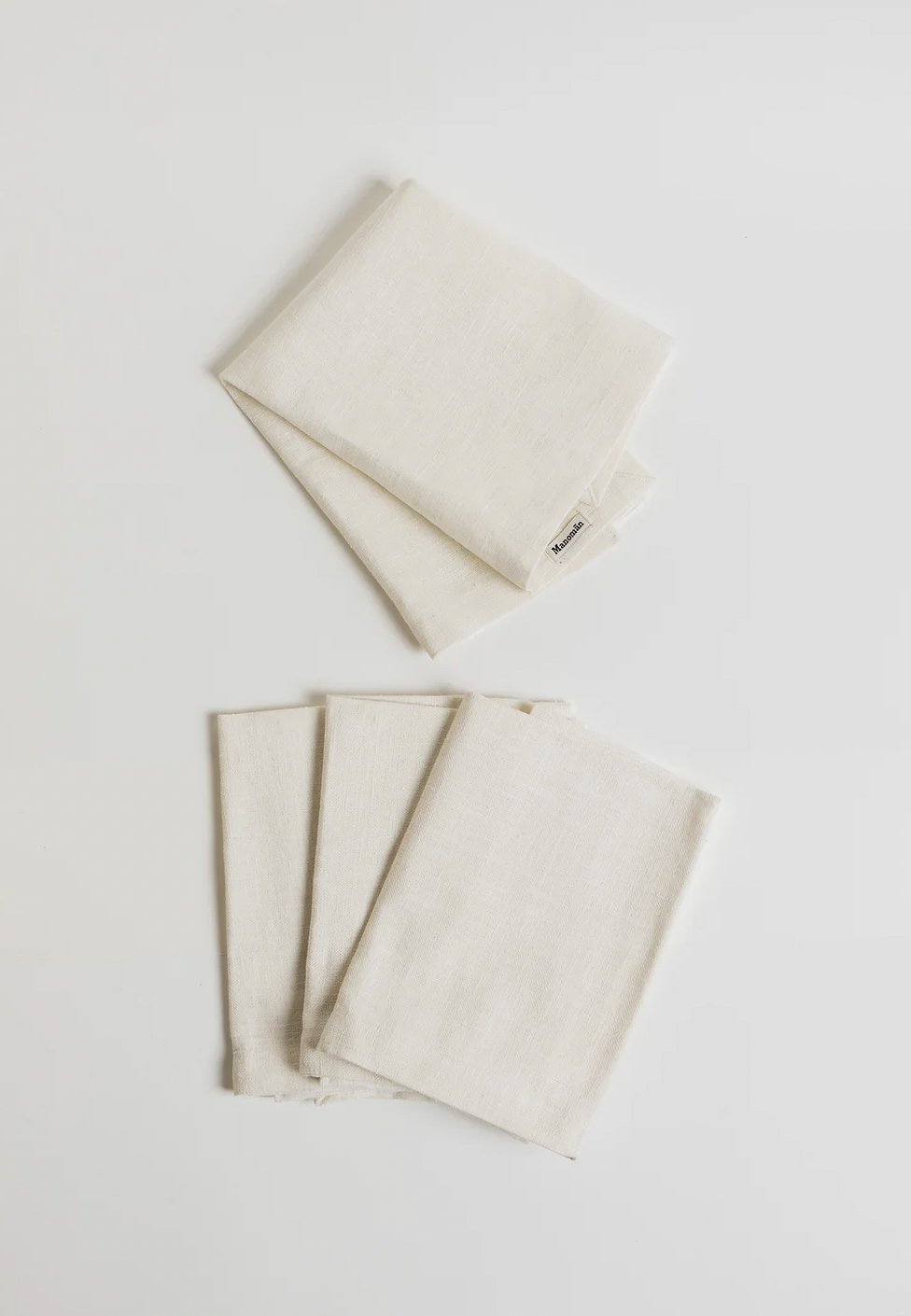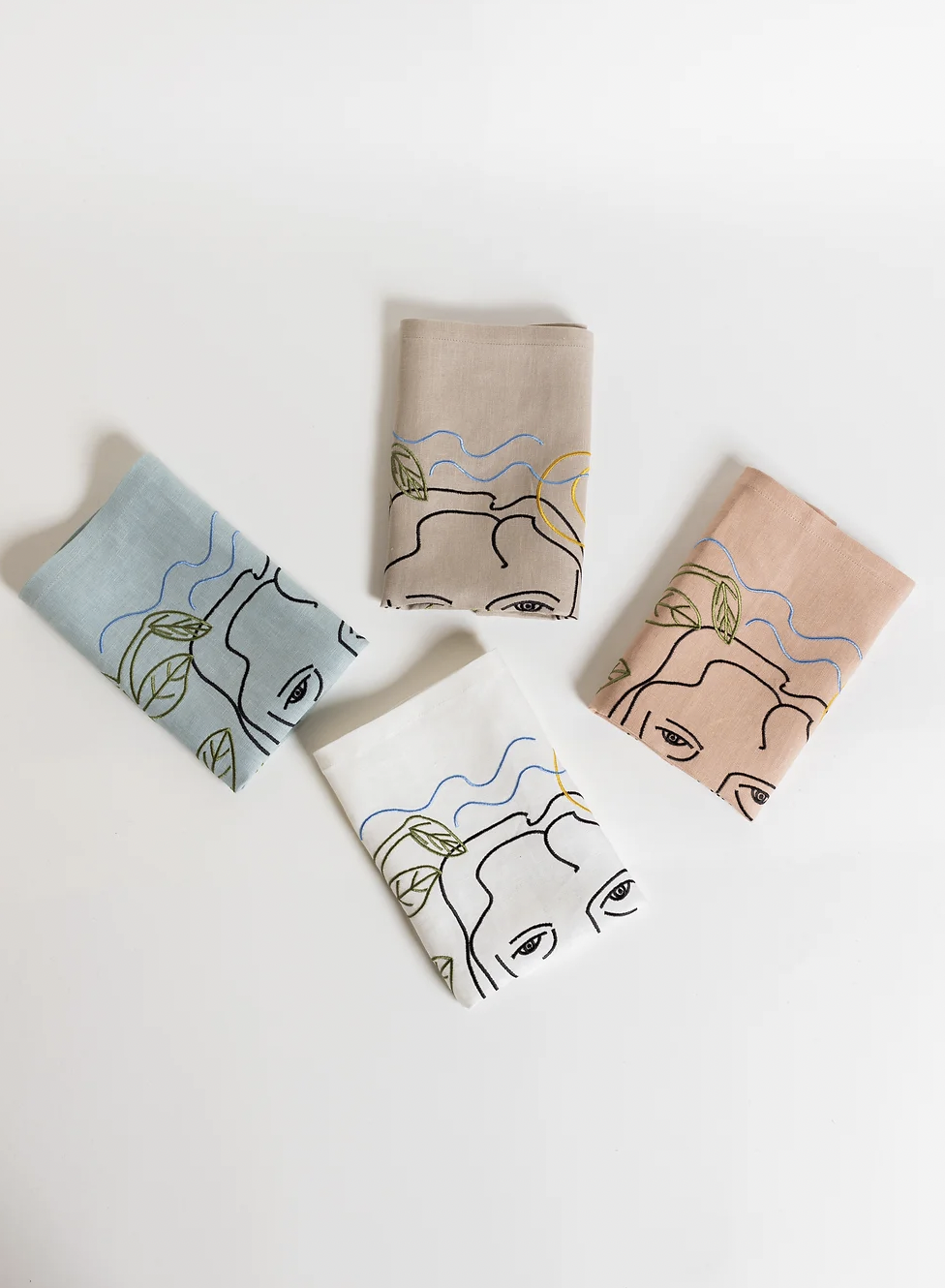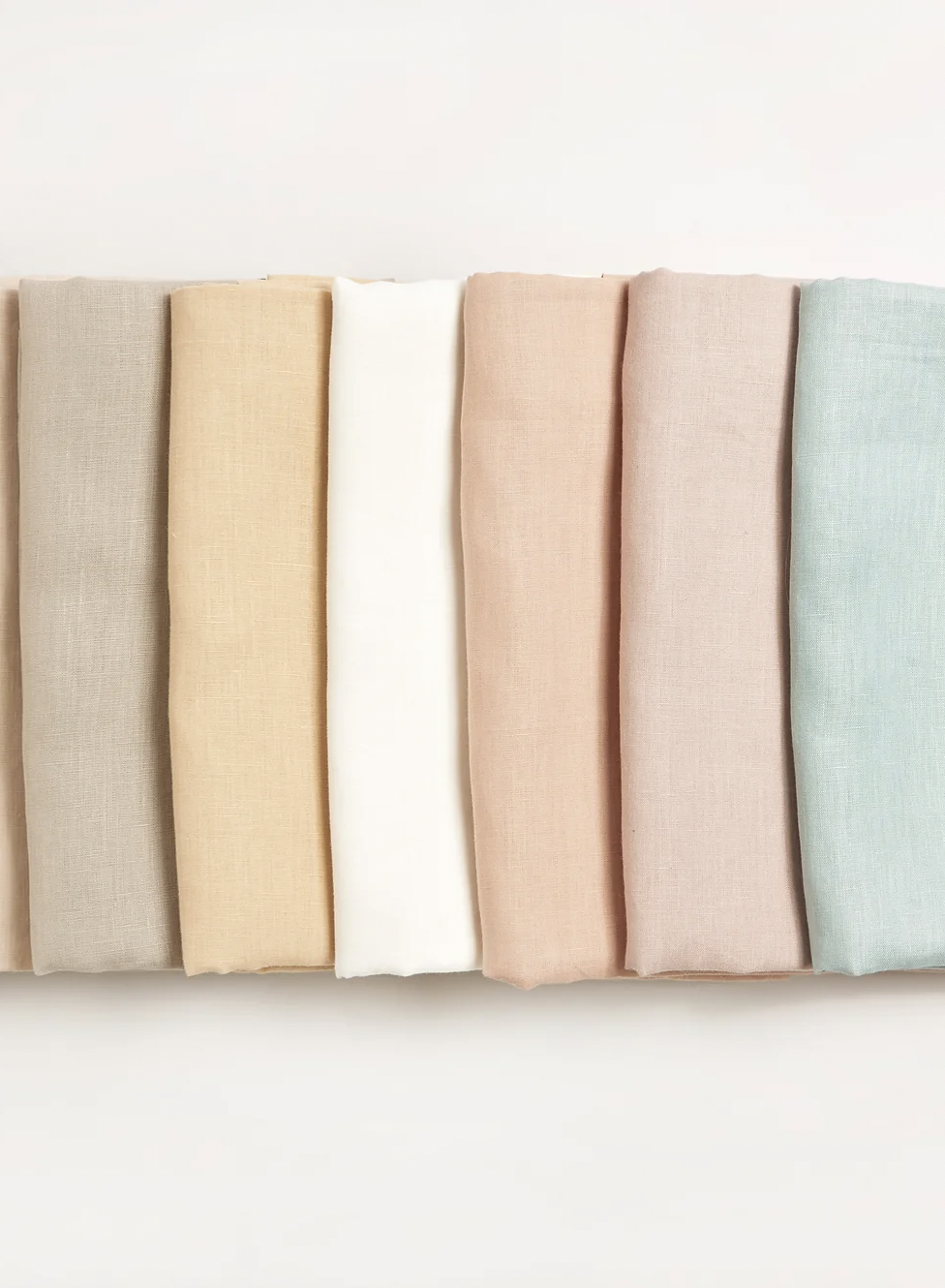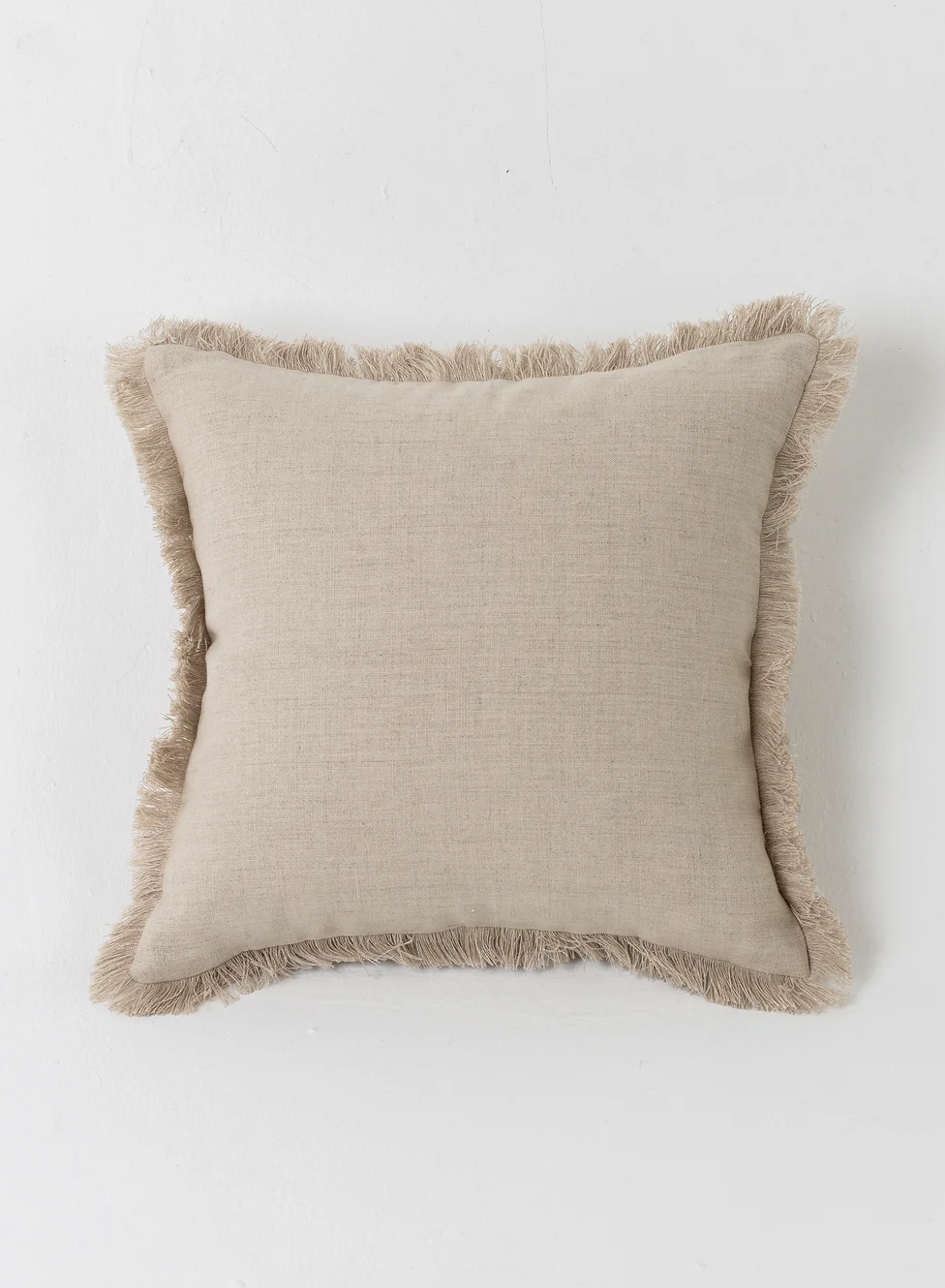Crafting Eco-Friendly Luxury: The Journey of Linen from Field to Fabric
In an era where sustainability takes center stage, the journey of linen emerges as a shining example of an eco-friendly textile that seamlessly blends luxury with a low environmental footprint. In this blog post, we unveil how linen is made and delve into why it stands as a champion of eco-consciousness.
Step 1: Flax Cultivation
At the heart of linen lies the flax plant. Grown in cooler climates, flax requires minimal irrigation and thrives naturally, making it a low-impact crop. Its cultivation doesn't rely heavily on synthetic pesticides or fertilizers, further minimizing its environmental footprint.
Step 2: Harvesting and Retting
The first step towards turning flax into linen involves harvesting. Once the plant reaches maturity, it is uprooted and left in the fields for a process called "retting." During retting, the plant is exposed to the elements, and moisture helps break down the pectin that binds the fibers. This natural process can take a few weeks, relying on rain and dew to work its magic.
Step 3: Breaking and Scutching
After retting, the flax is then mechanically or manually "broken," which separates the fibers from the straw. Following this, "scutching" removes the woody parts, leaving behind the long and lustrous flax fibers.
Step 4: Hackling and Spinning
Hackling involves combing the fibers to remove any remaining impurities and create uniformity. The refined fibers are then ready for spinning. Linen yarn is spun from these fibers, resulting in a textile known for its exceptional strength and durability.
Step 5: Weaving and Finishing
Once spun, the linen yarn is woven into fabric. Linen's natural texture and breathable properties make it a versatile choice for clothing, home textiles, and more. The fabric can be left in its natural state or undergo finishing processes for added softness.
The quality of linen is defined by a combination of factors that speak to its texture, durability, and overall aesthetic appeal. High-quality linen is characterized by its superior craftsmanship, evident through even weaving, consistent fiber length, and meticulous attention to detail. Such linen boasts a refined texture that feels pleasantly smooth to the touch, ensuring a comfortable and luxurious experience. On the other hand, low-quality linen may exhibit irregularities in weaving, shorter and weaker fibers, and an overall coarse texture. These discrepancies can result in a fabric that feels rough and less comfortable against the skin.
Eco-Friendly Aspects of Linen:
1. Sustainability: Linen's cultivation requires fewer pesticides, less water, and minimal synthetic fertilizers compared to other crops.
2. Biodegradability: Linen is fully biodegradable, returning to the earth without leaving behind harmful residues.
3. Durability: Linen's natural strength ensures that products made from it have a longer lifespan, reducing the need for frequent replacements.
4. Breathability: Linen's breathable nature keeps you cool in hot weather, contributing to energy savings by reducing the need for excessive air conditioning.








